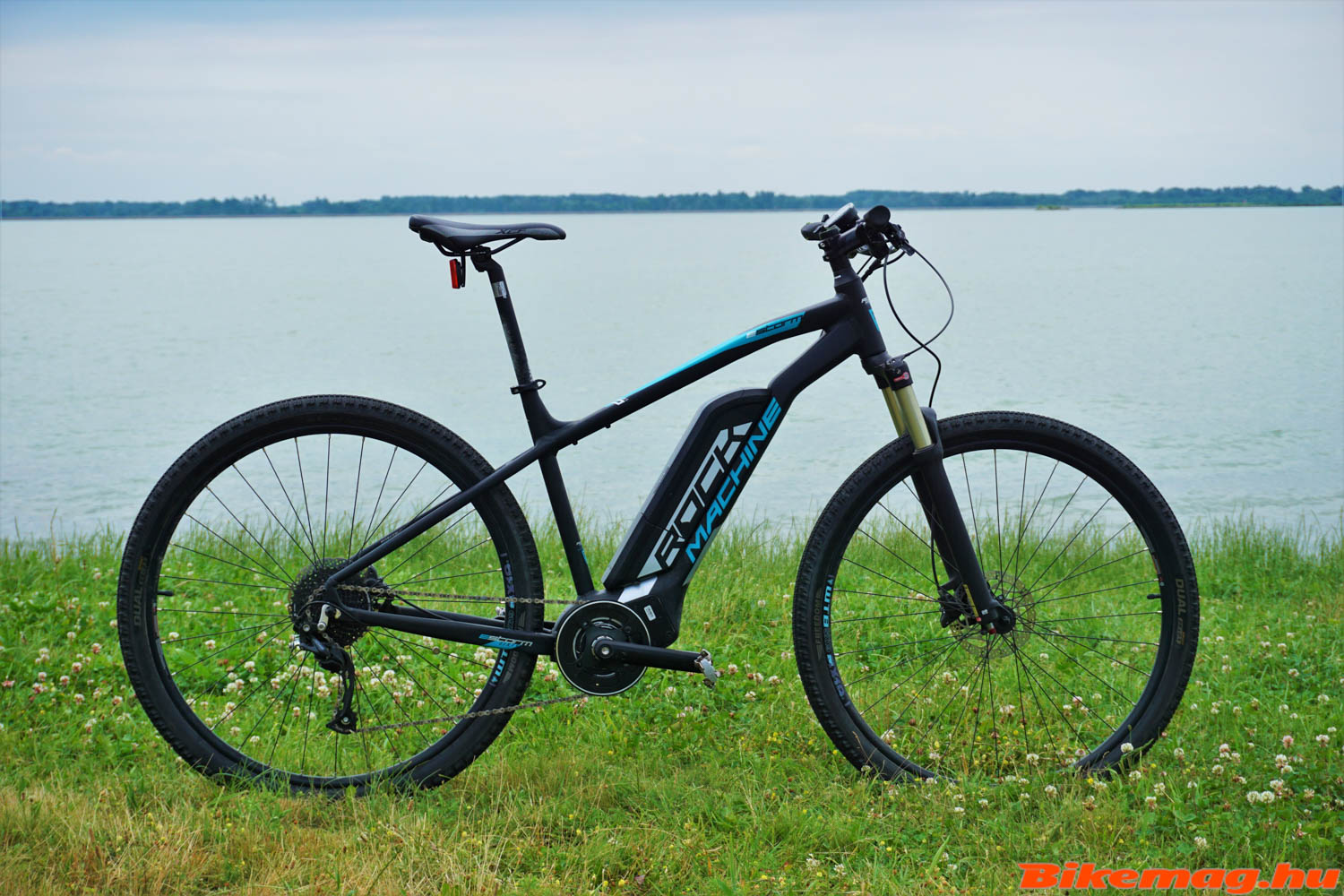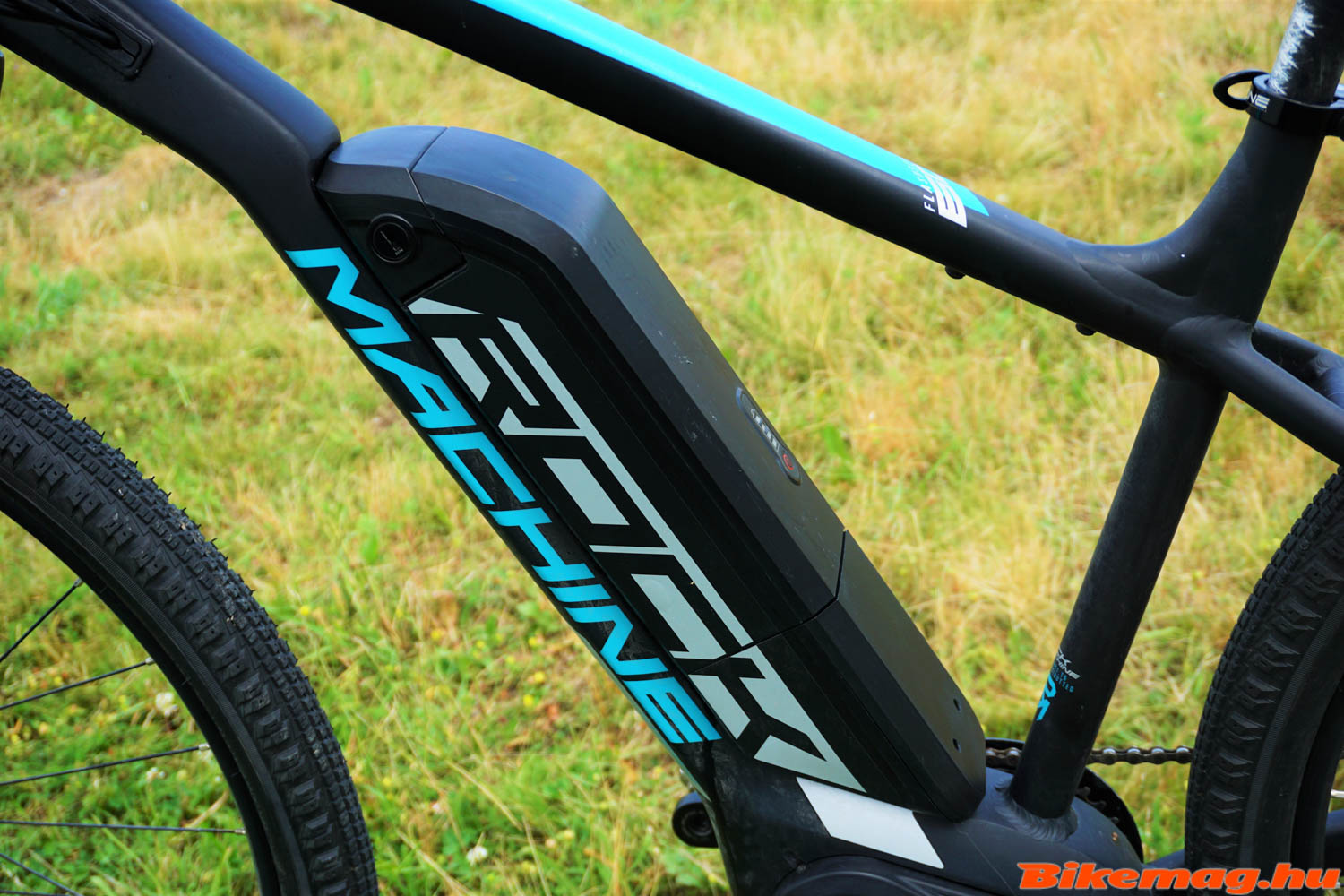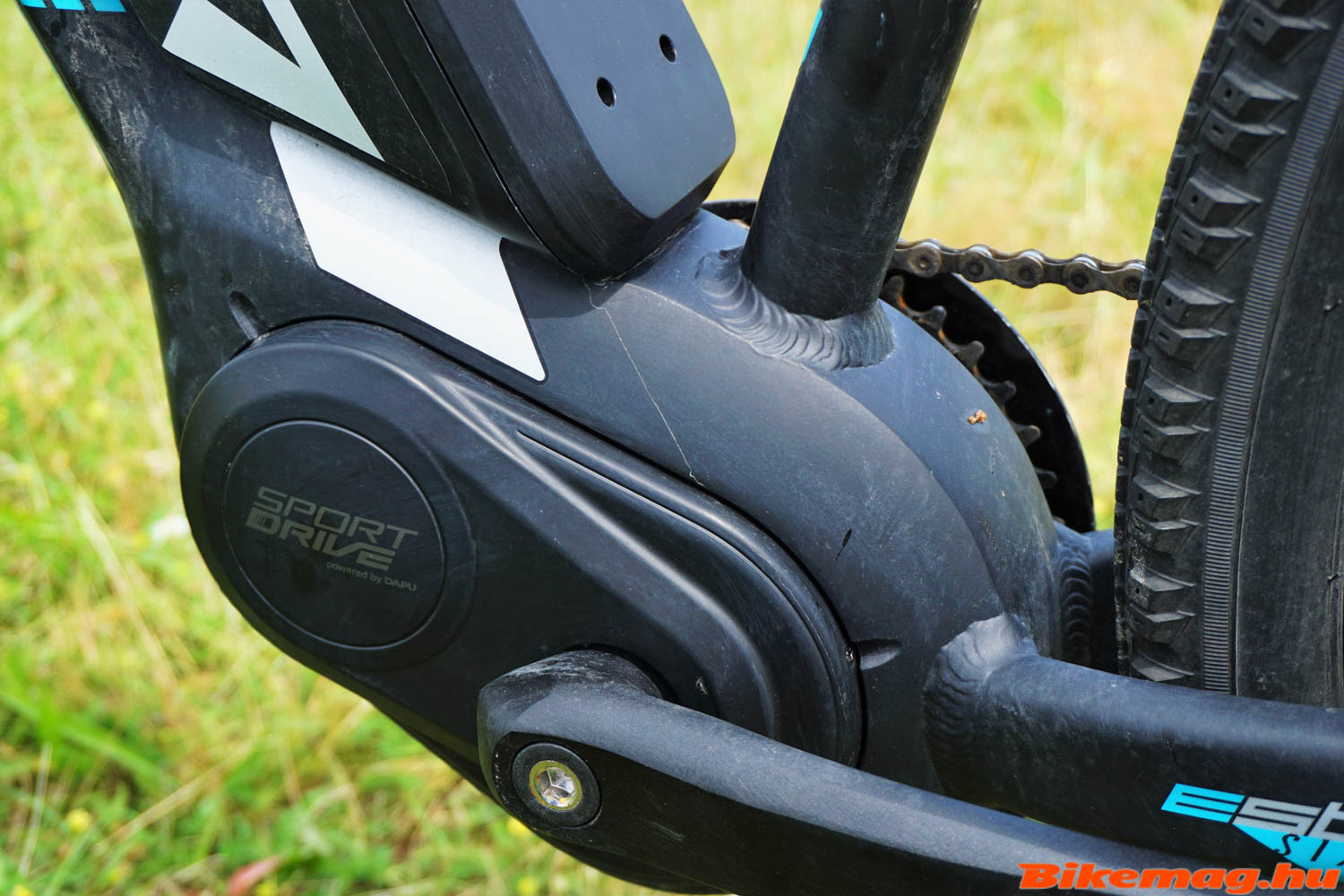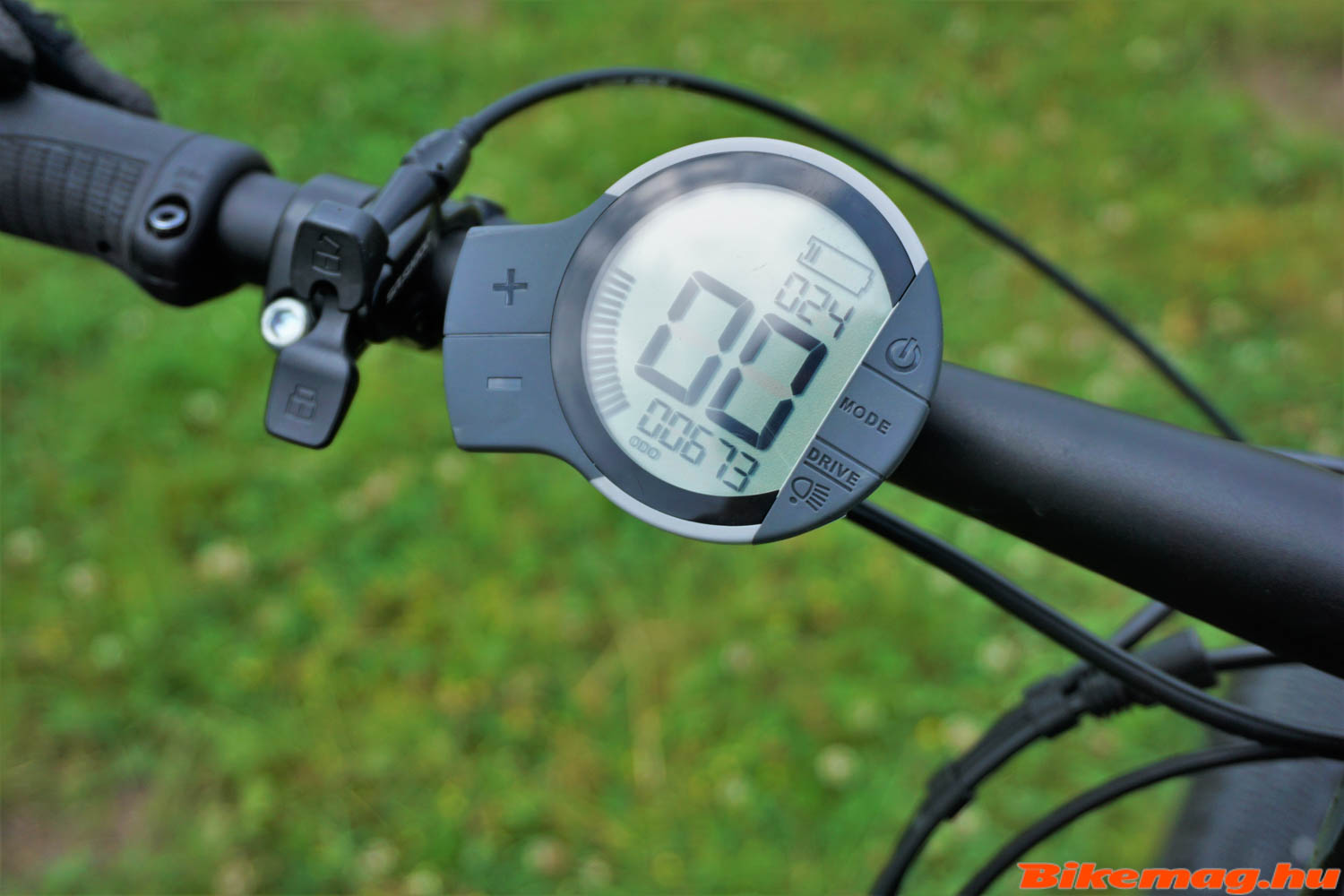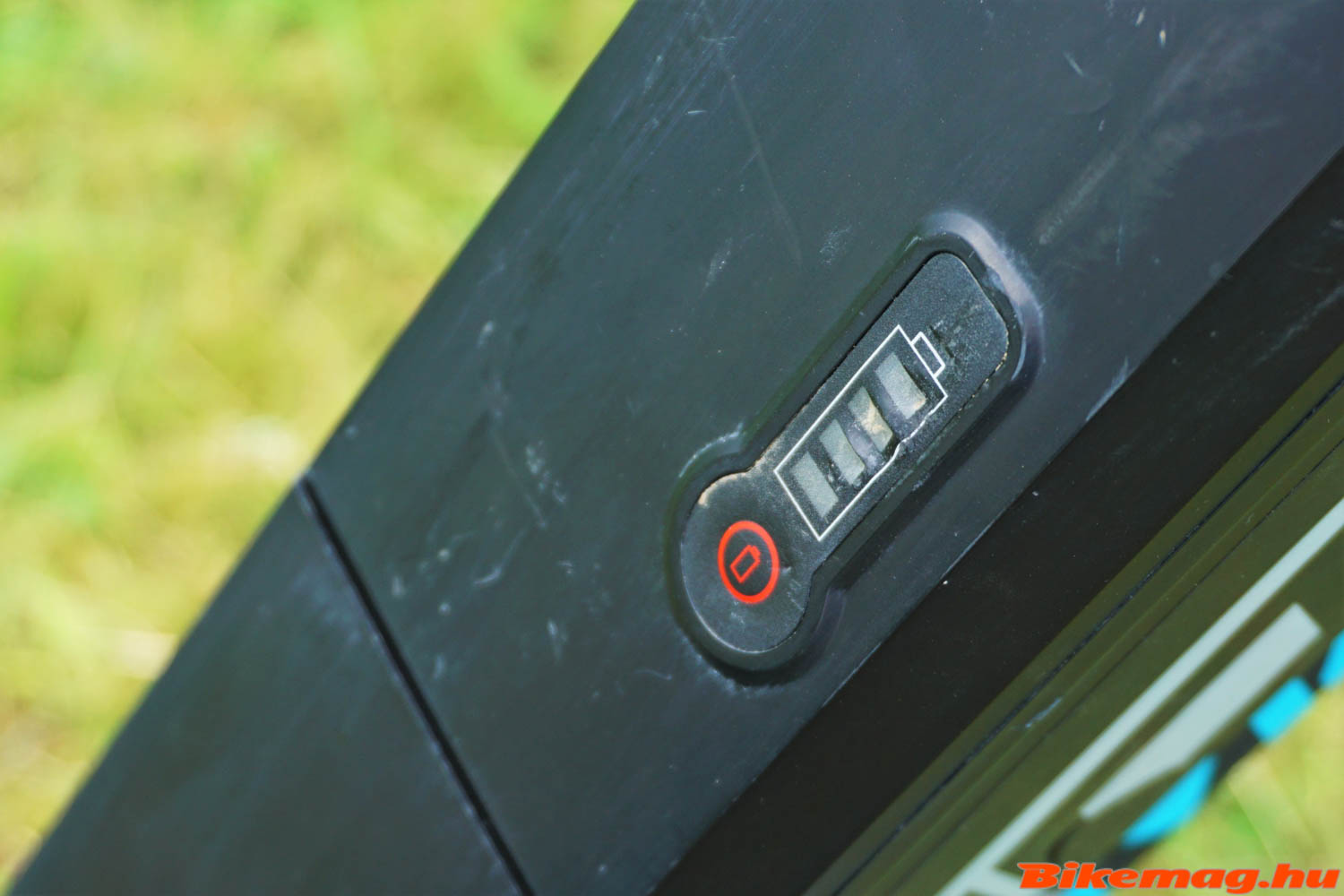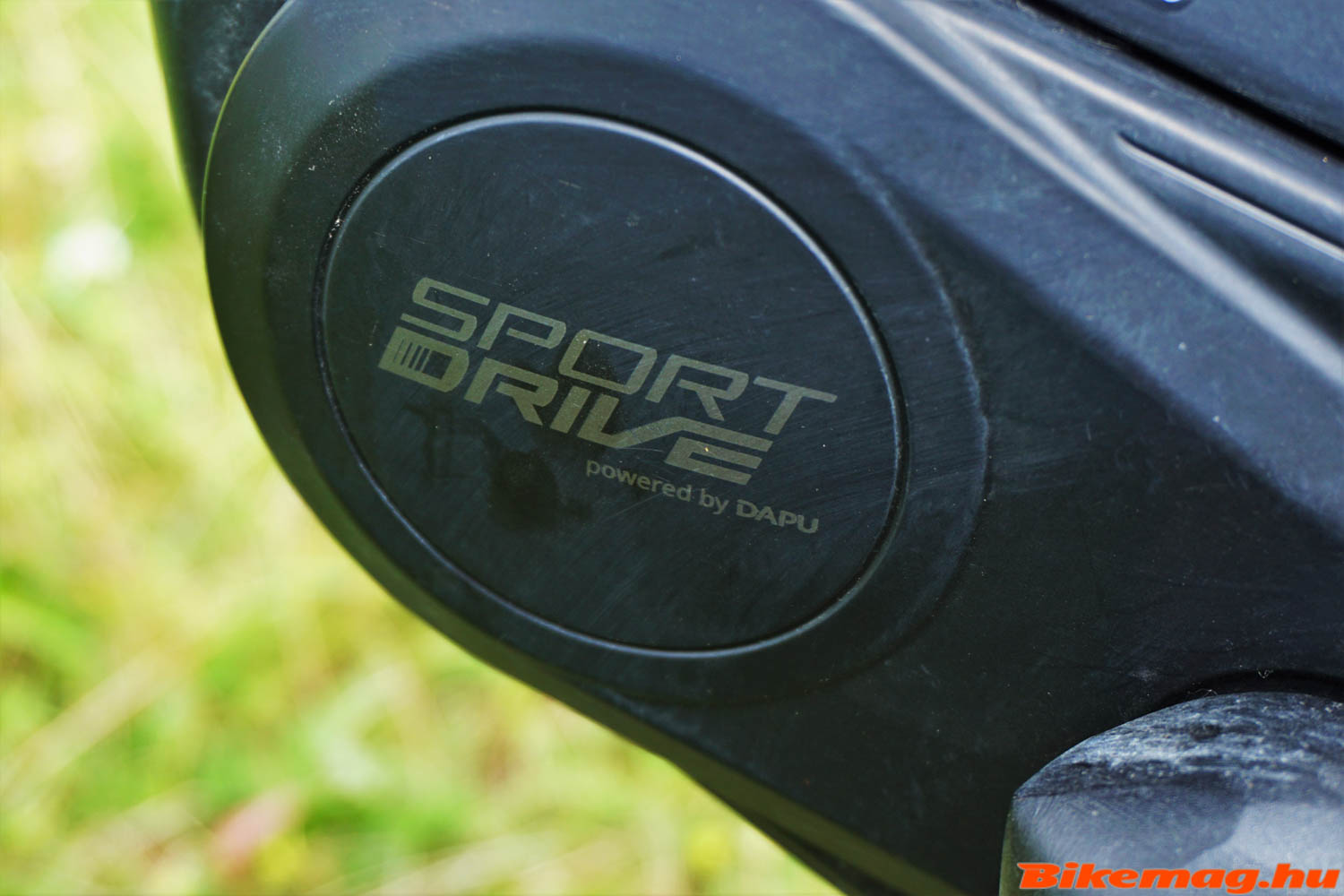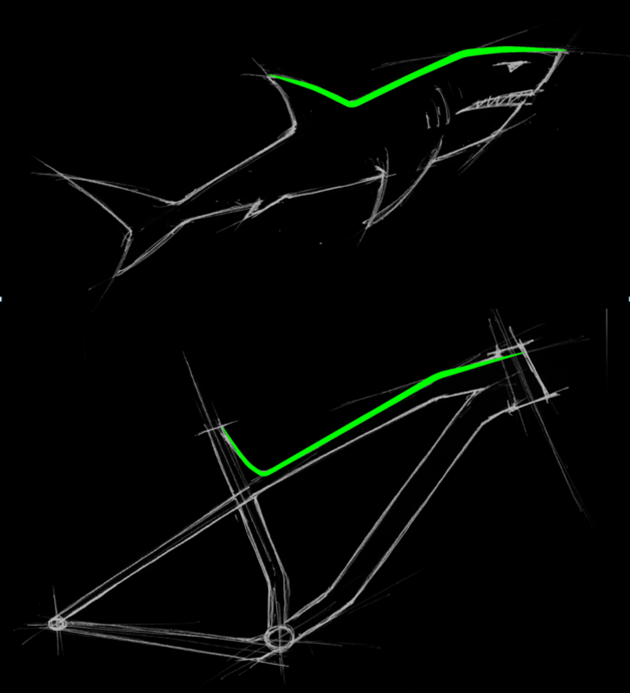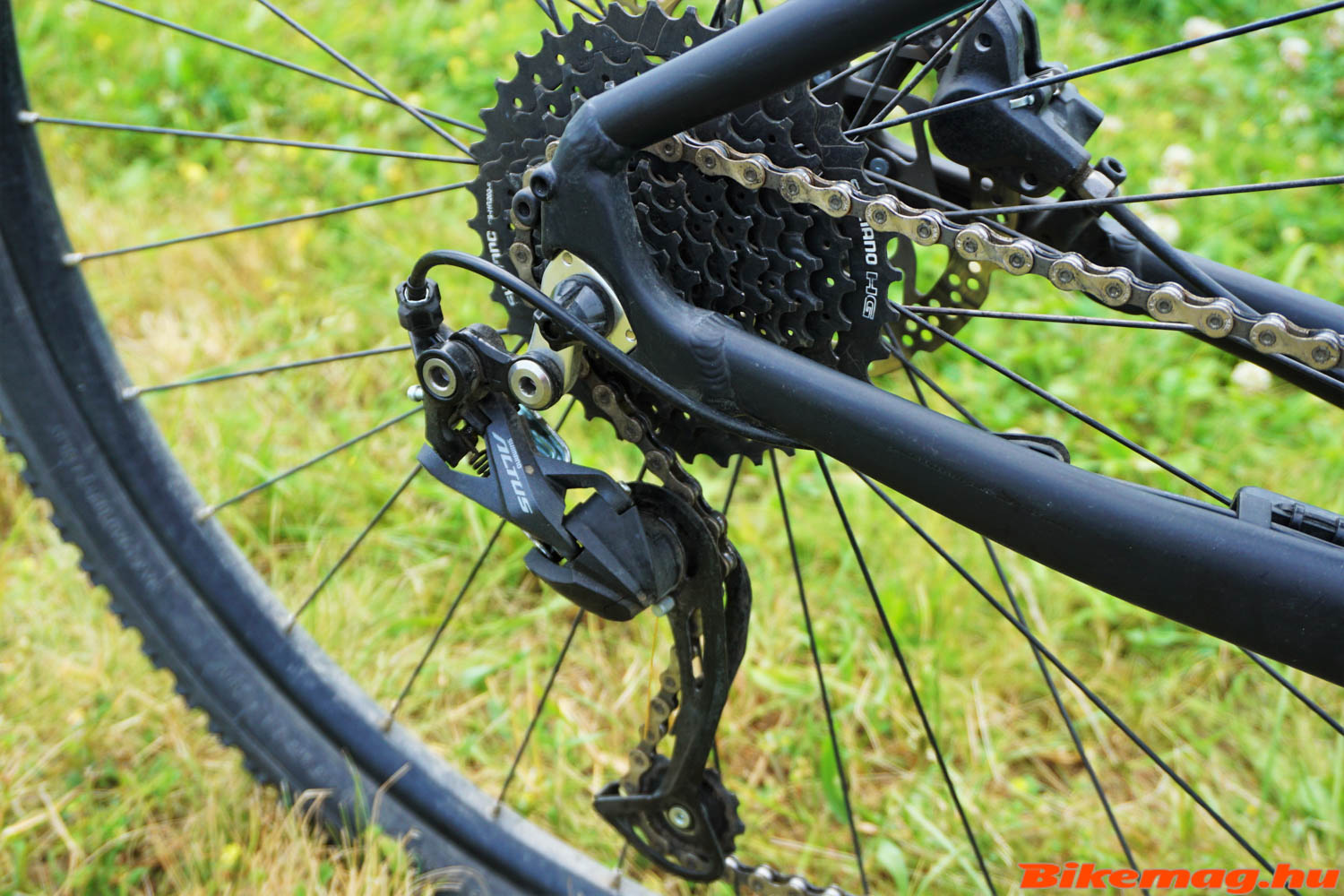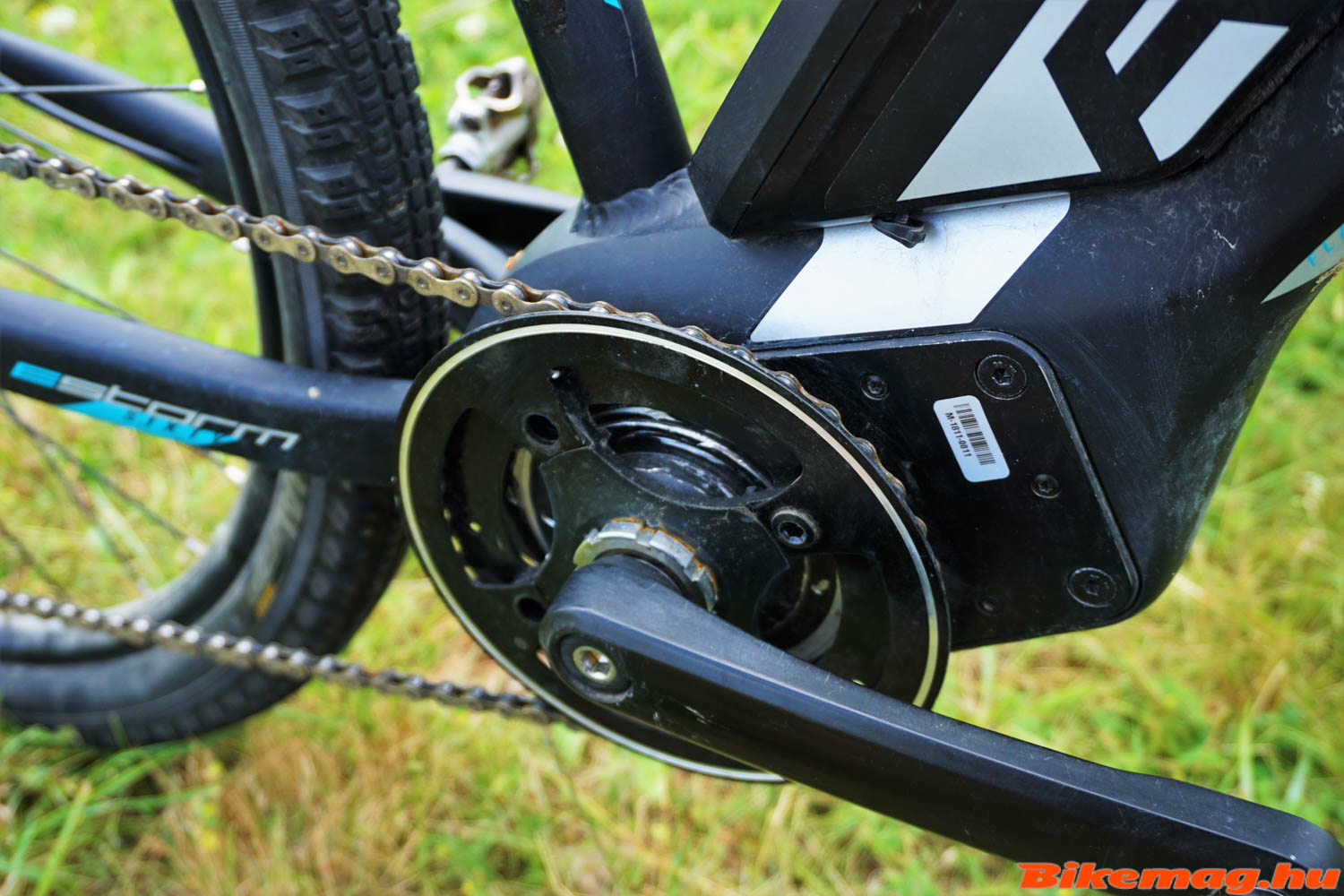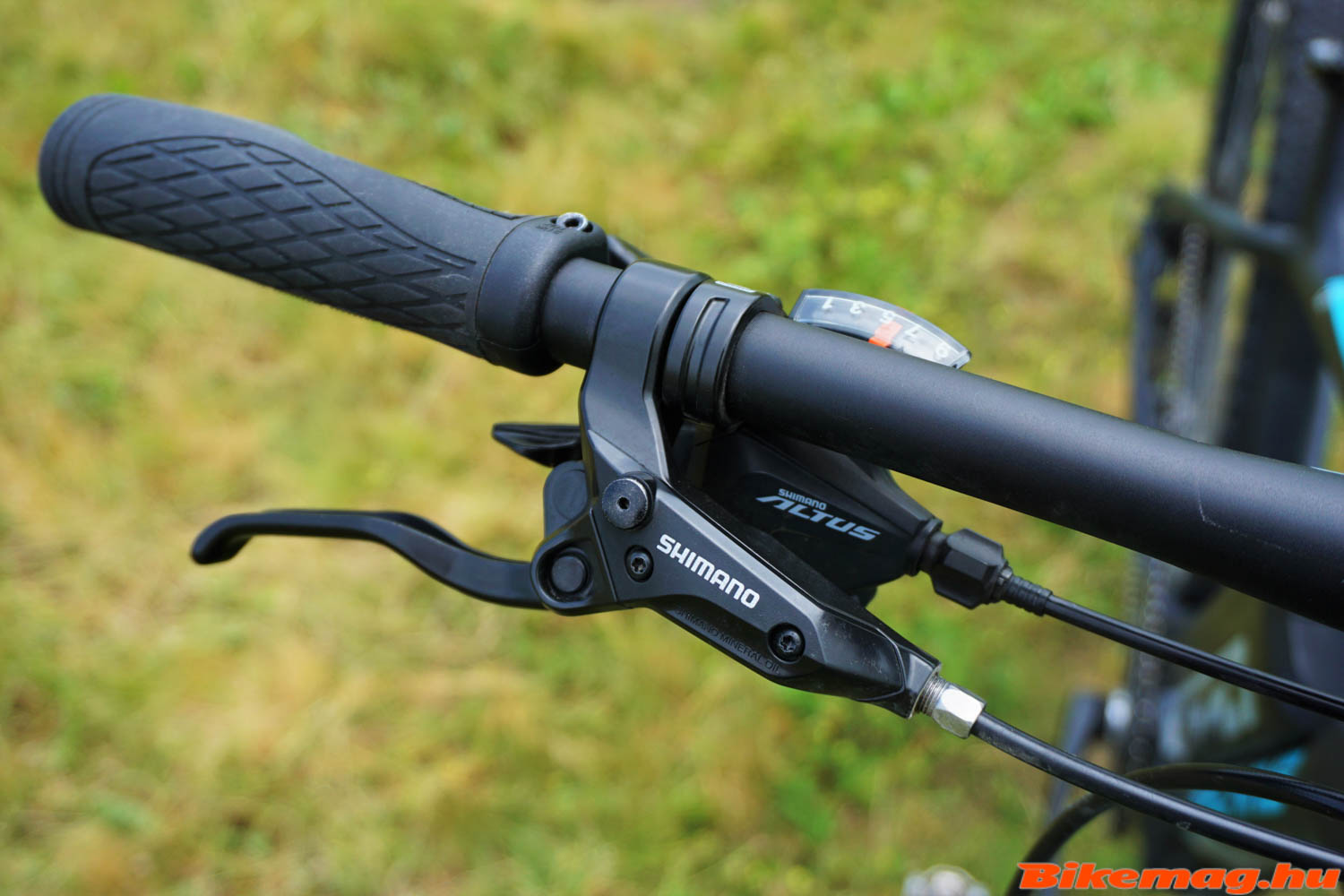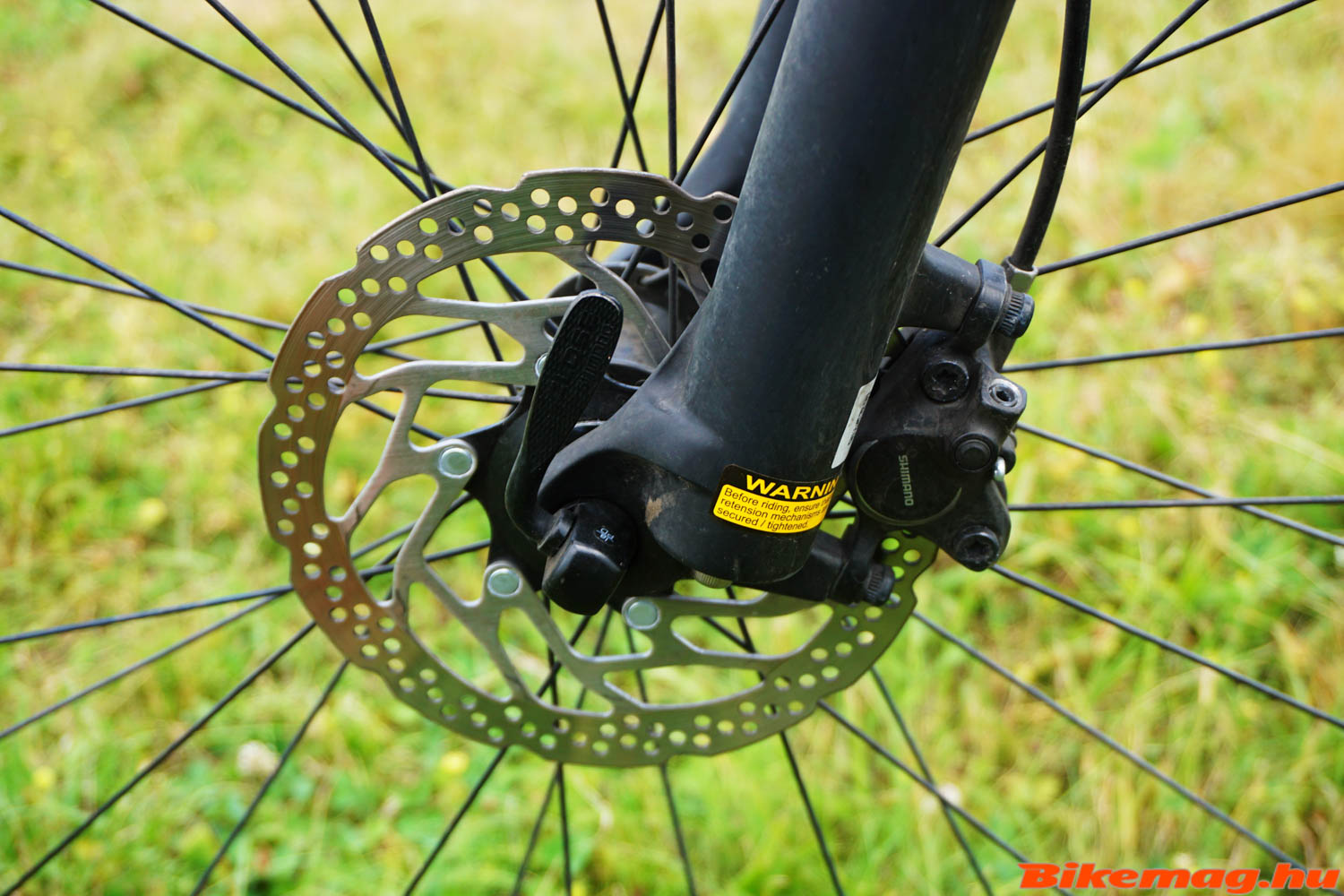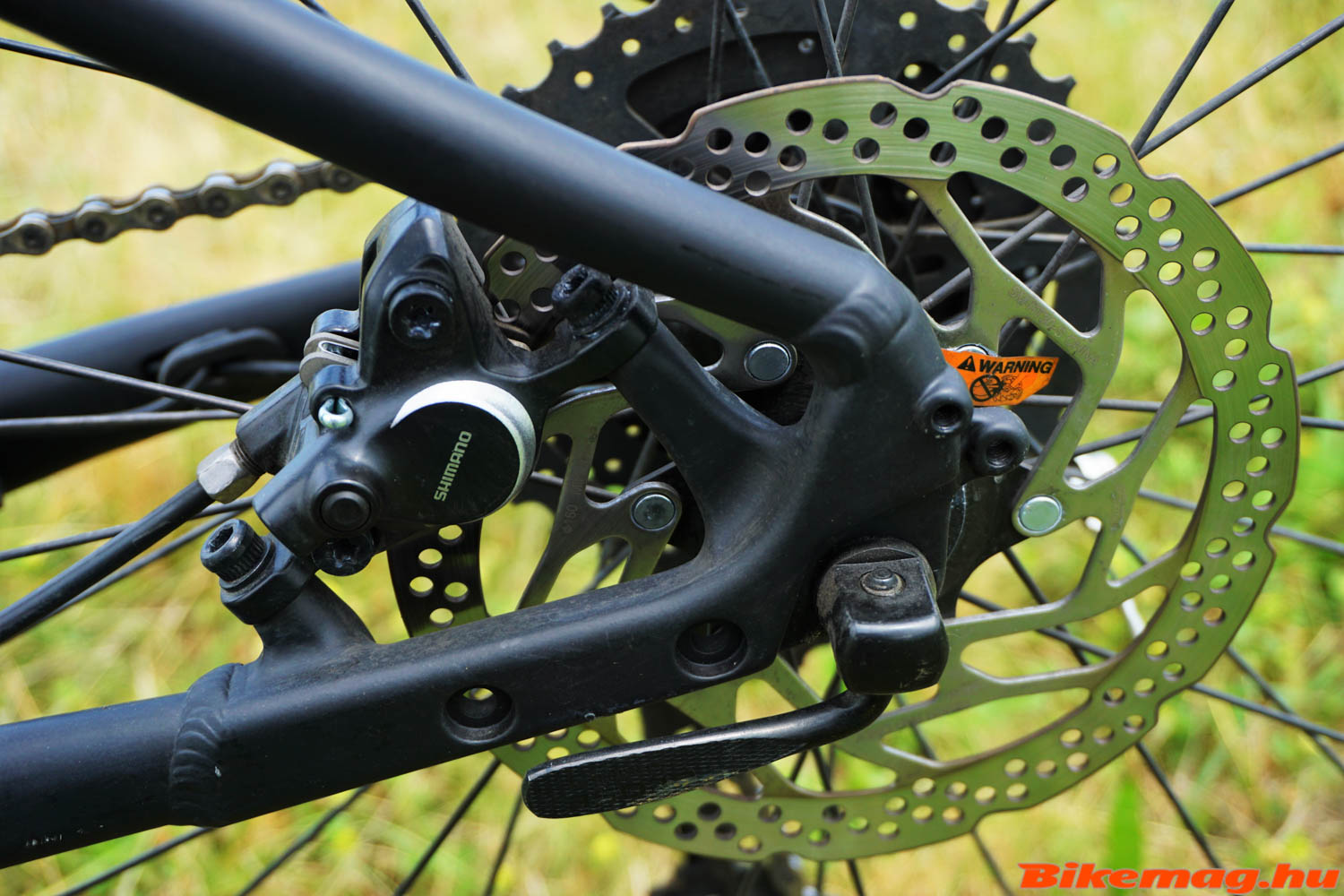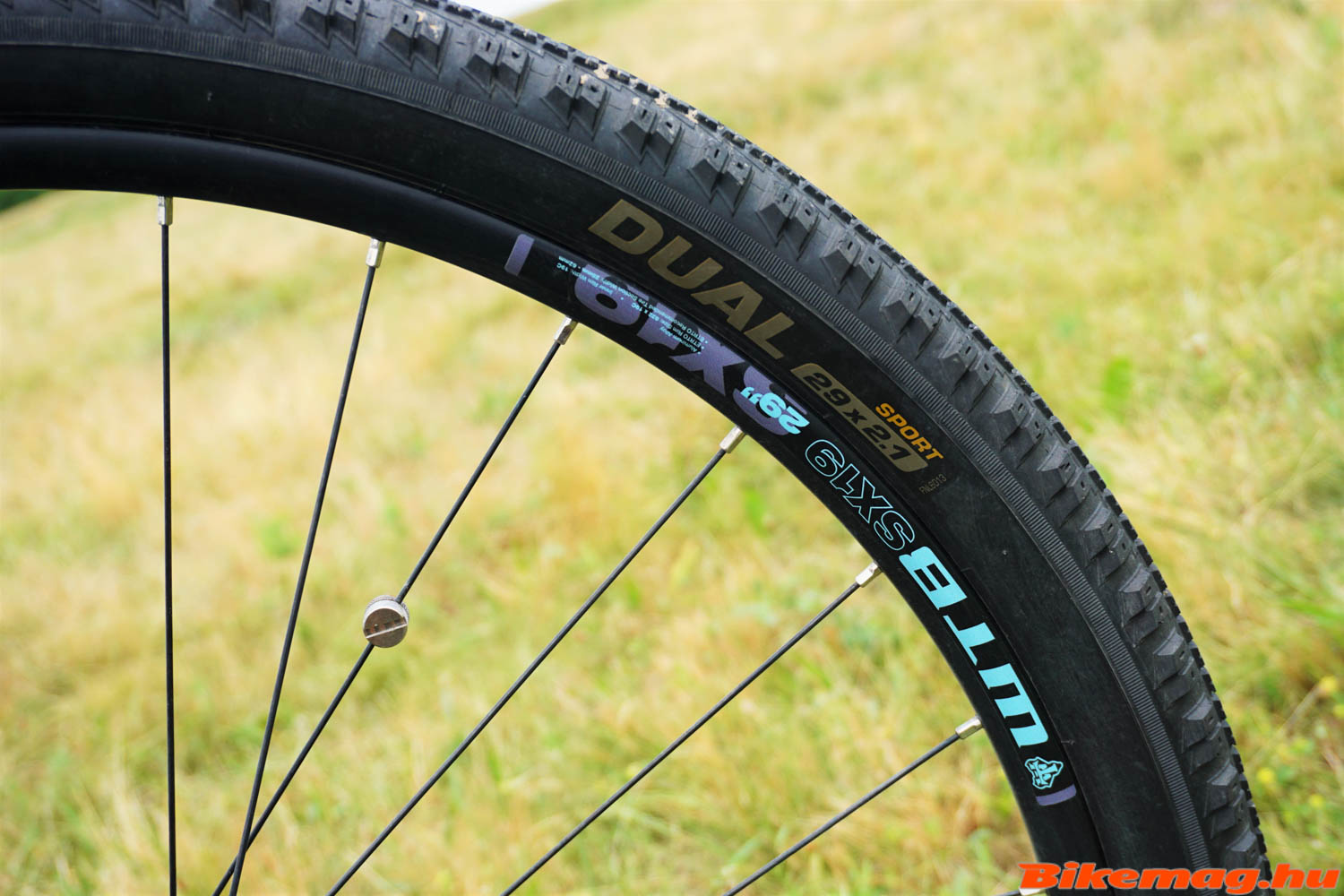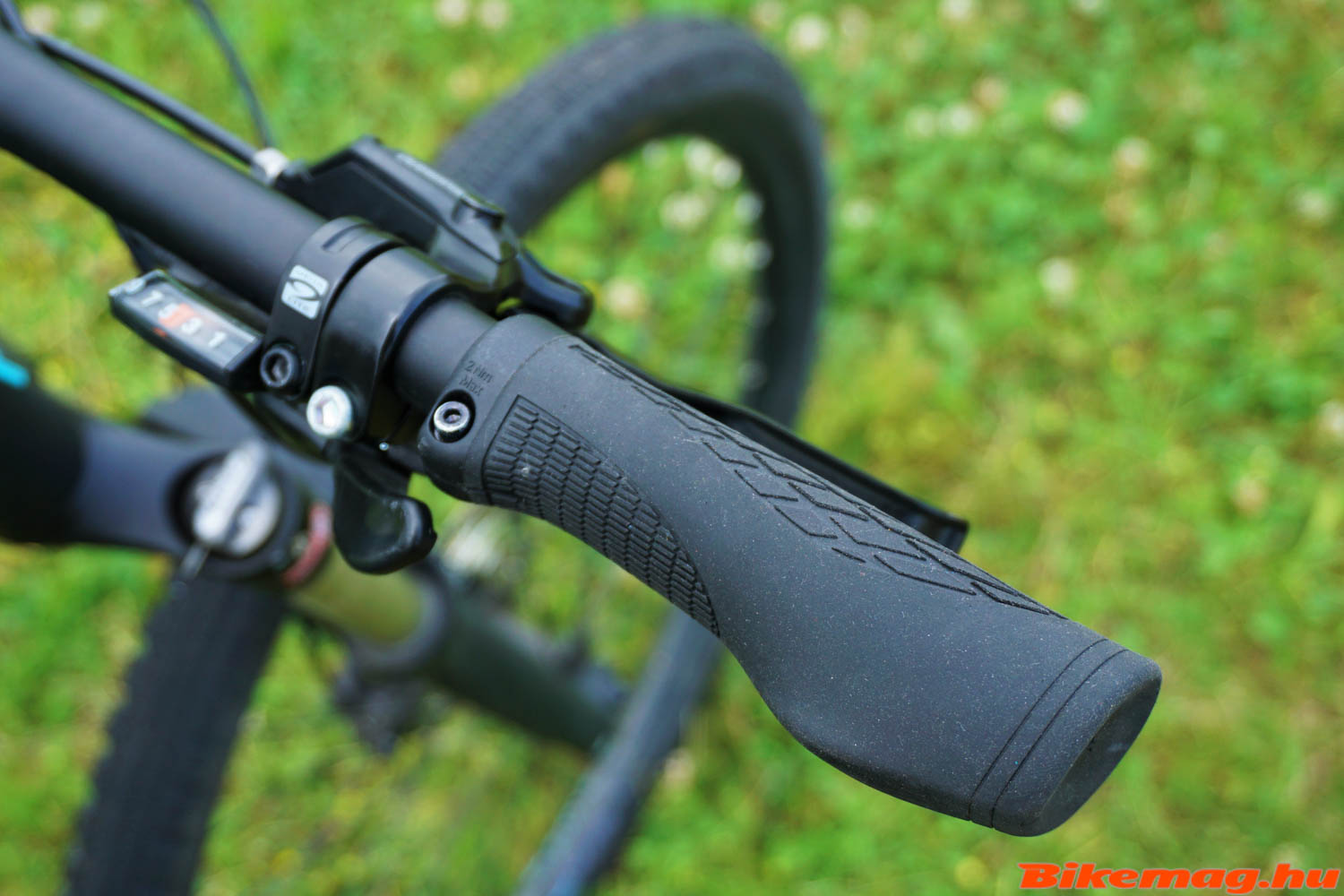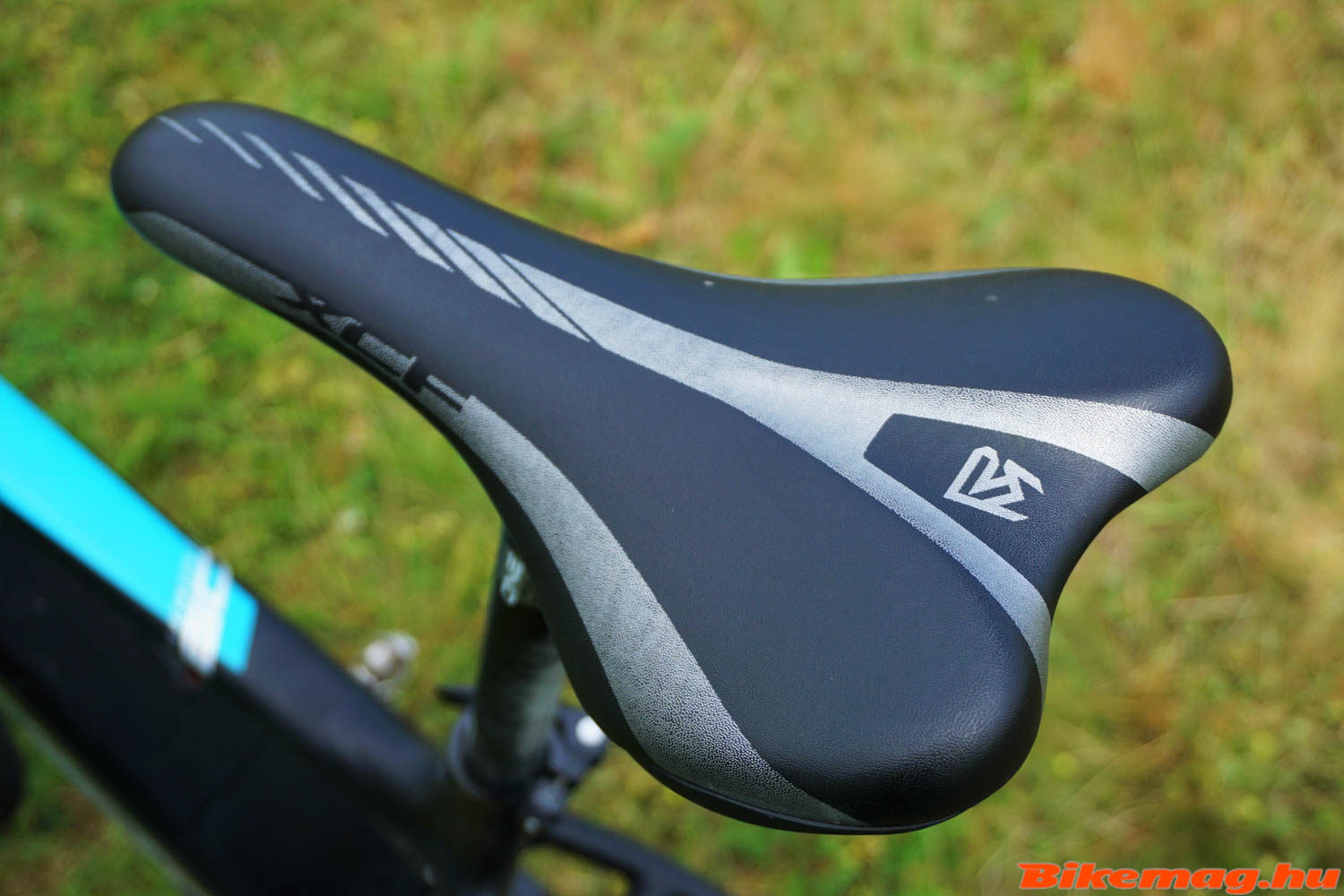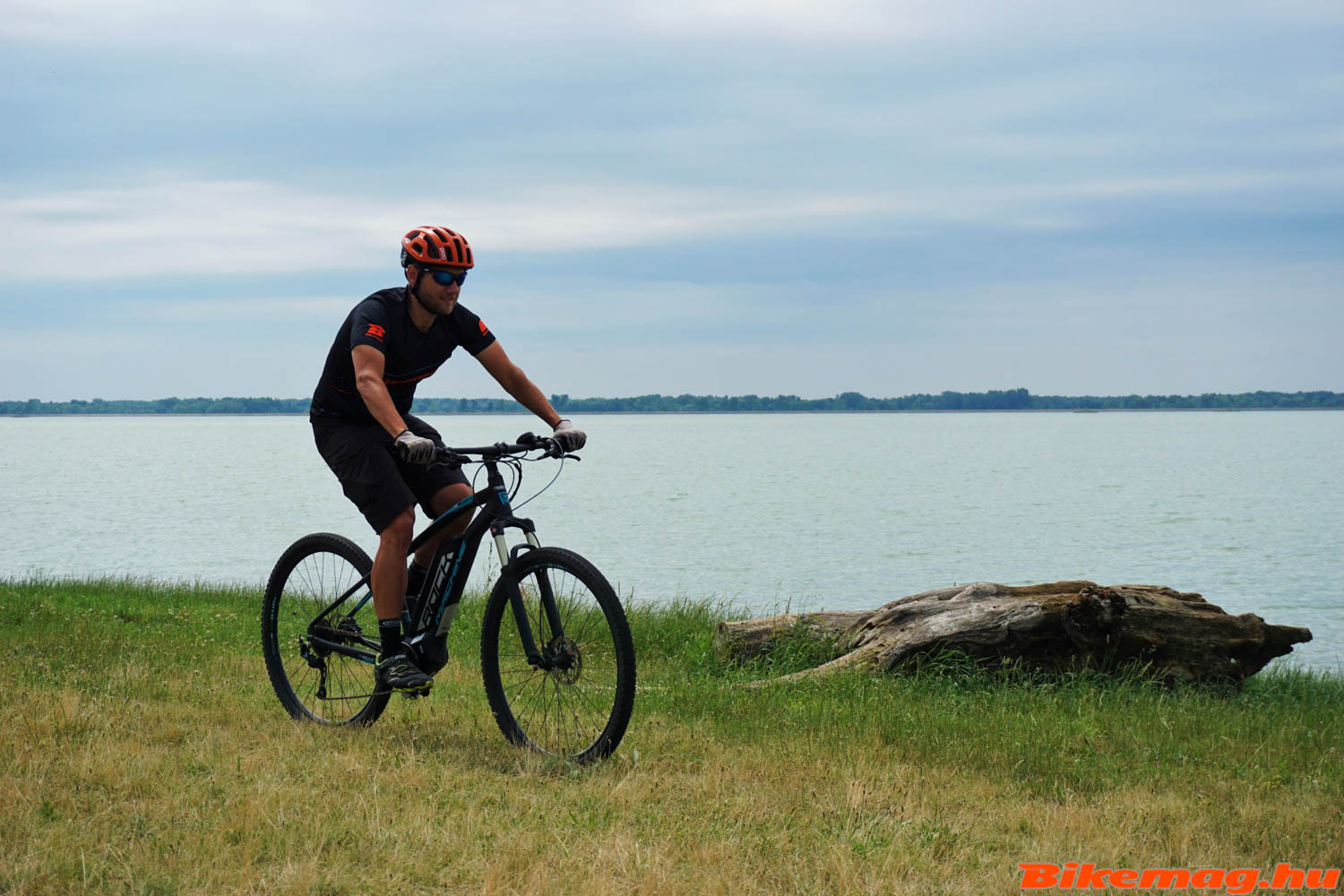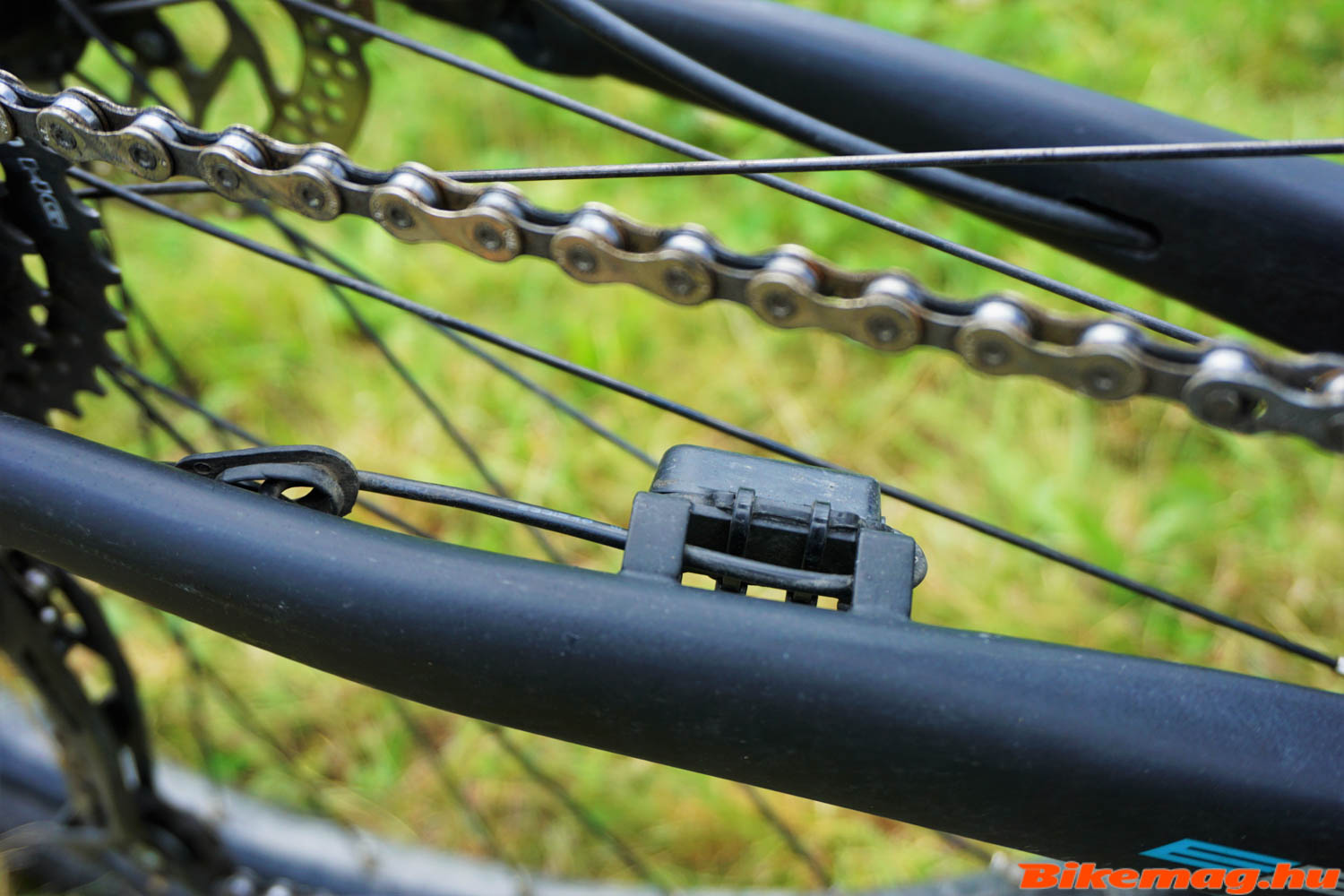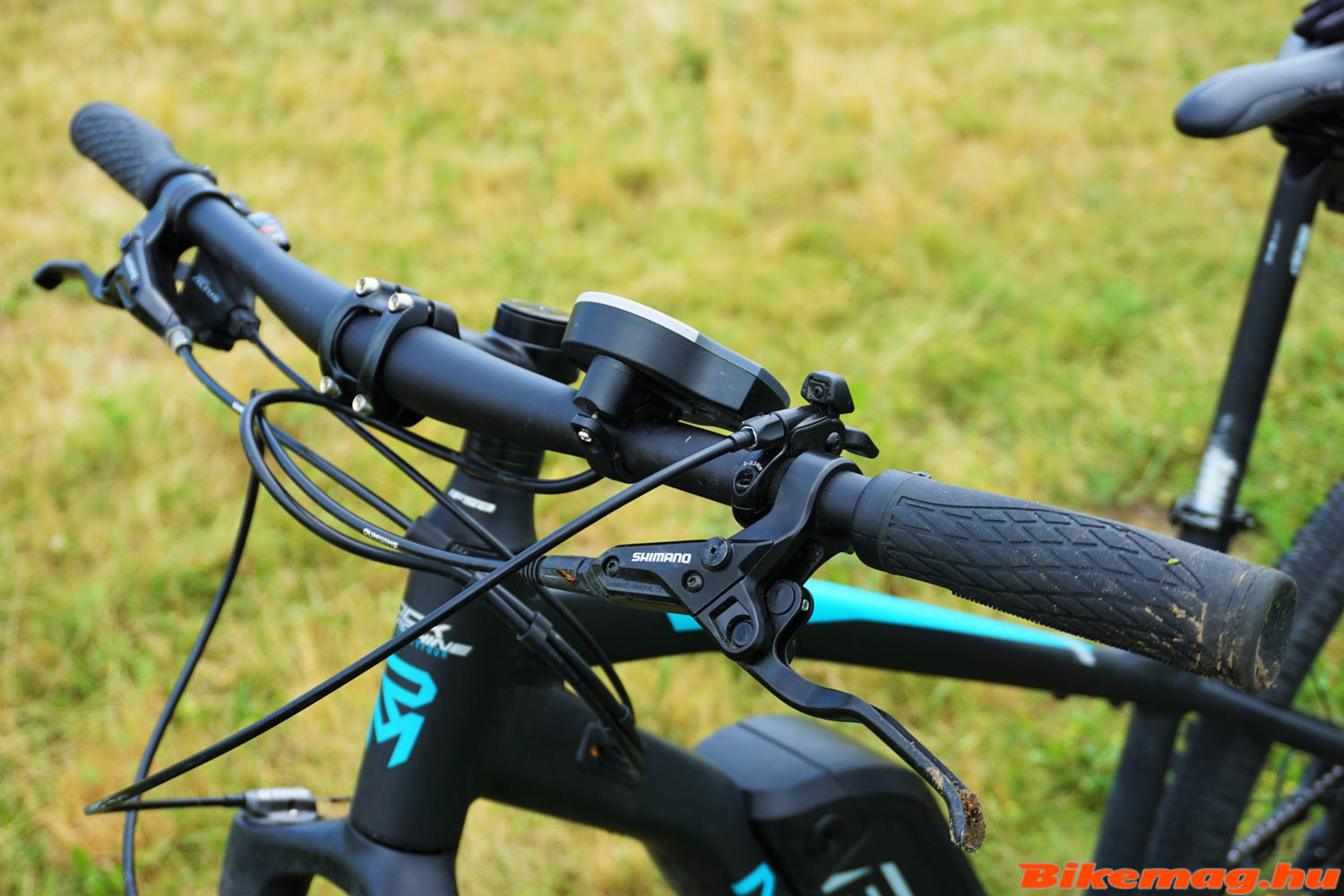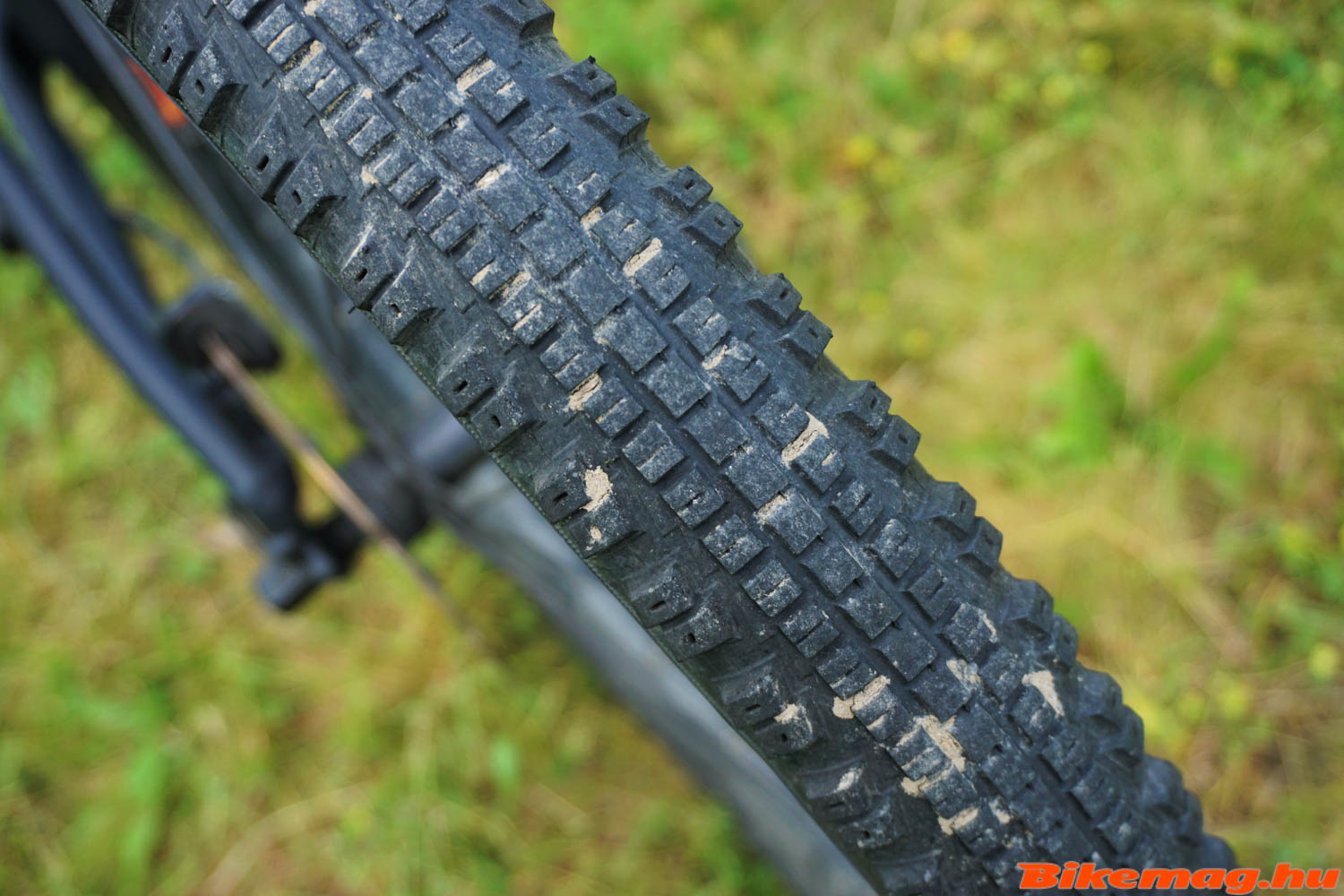E-bikes are no longer the “toys” that only affluent cyclists can afford. There is an ever growing demand for them in the community, which necessitates price-sensitive offerings in all segments of the bike market. Since e-bikes employ expensive technology, it’s difficult to lower the price below a certain level. The Rock Machine set out to change the prevalent price structure of pedelec e-bikes by designing their proprietary drive components, and launching an entry-level E-bike line in 2018 headed by the Storm e60-29. We had a chance to try out this surprisingly affordable model, which retails at just over half a million HUF.
E-bikes are becoming more and more popular, in some European countries sales of electrically assisted pedelec bikes outnumber conventional “pushbikes”. The public is eager to get hold of one of these cheap to run and environmentally friendly personal transport alternatives, which also makes climbing hills and covering longer distances possible for everybody willing to jump onto the saddle. The pedelec e-bike can open new dimensions in personal transportation not only in the crowded cities, but the suburbs and small towns or villages as well. One of the factors stopping the scale of diffusion, the triumph over overs means of personal transportation is the relatively high price. This is especially true in the less developed European countries, where they tend to retail for several times the average monthly wage. With this in mind, Rock Machine started to develop a new line of e-bikes for 2019, which cater for those who are aspiring to own one, but could not afford it due to the high initial investment. At the heart of the brand new Storm e60-29 is the unique Rock Machine Sport Drive system, which makes it different from most e-bike models available on the market.
The main design objective was to create an e-bike which is accessible than ever before. The Rock Machine engineers set out lower the price point without making great sacrifices in practicality and durability. There were two routes the developers could take: on one hand they can stick to an expensive electric drive system manufactured by one of the leading brands on the market (e.g. Shimano) and make compromises on the frame and components, on the other hand they can take a bold move to develop a more cost-effective motor drive and stay with the tried and trusted components and frame design. They decided to choose the latter strategy, since low-end budget components always have a negative influence on usability and durability, which is the quintessence of cycling for daily transportation.
The self-developed electric drive system was named Sport Drive, quite visible on the motor unit housing. We can also infer from the logo that a company called DAPU has been strongly involved in the project. So what does the Sport Drive system offer? Well, it boasts the typical 250 W power data combined with a massive 90 Nm of torque, which puts it quite a margin above other systems by major manufacturers. There is also a respectable 418Wh of battery capacity. Just by observing the numbers, this new drive system could compete with top-of-the-range offerings on the market. Reality is that e-bike technology is much more than raw specifications: for example the torque figure the manufacturer provides is merely a slice of the true performance of the motor. It’s a number, but much more important is how and when it is delivered, at what revolution and for how long for the given input. Data collection and analysis by the drive system is also a critical factor toward actual performance, since it performs the coordination and regulation of the electric motor input for in reaction to the rider’s power output. Dominant brands supplying the industry with drives units have put a lot of effort and know-how in developing powerful e-bike motor systems which offer user-friendly assistance with realistic pedaling. Later in the review we will return to this point, and examine how successful Sport Drive is in this regard.
There is another advantage of a self-developed drive system: namely it allows engineers more freedom in frame design, not necessitating adaption of the frame to a particular standardized motor unit. It’s easy to see the benefits of this freedom. For example, it allowed as Rock Machine to use their trademark Sharkspine EVO design for the Storm e60-29, and avoiding other frame construction limitations, like the long chain stays of past generation e-bikes.
The Rock Machine e-Storm is an entry-level offering in the world of e-mountain bikes. The Czech brand has a high-end lineup of eMTBs, offering a “mirror image” of nearly all their excellent MTB models in e-versions utilizing drive units from the industry leader drive systems. The e-Storm is different in this regard as it does not have a non-motorized sibling in the range. Moreover it’s aimed at cyclists who are just getting familiar with bike riding, they use mostly on asphalt or constructed dirt roads, hence they have no intention to push themselves and their e-bikes to the limit. So – unlike most models in the Rock Machine eMTB range – this model is not intended for extreme riding conditions. The frame geometry and the components choices also fit well in this design approach. Though we would be hard-pressed to list innovated high-end solutions, the e-Storm range receives Rock Machine’s trademark Sharkspine EVO design, allowing instant brand recension.
[message_box title=”” color=”blue”]The Sharkspine EVO is a special frame design where the top tube takes a distinct bend from end of the head tube (just like the head of a shark), then continuing in an ever so slightly curved line, resulting in better vibration absorption compared to conventional frame designs. This shape has the additional benefit of providing a steeper drop in the top tube compared to older models, thereby achieving a lower frame stand over — a welcome feature for smaller individuals and those with proportionally short legs. It also allows a larger than usual frame size to be ridden, which in turn provides more room to move about over the bike. In order to use a normal length seat tube despite the low stand over height, a reinforcement was added to the frame’s seat tube to provide a longer protrusion — once again resembling the back of a shark.[/message_box]
Let’s begin the review with the components! The front fork of the Storm e60-29 has a simple construction, the Suntour XCM model offers basic steel springs, albeit with variable damping. It is nothing to write home about, but does its task without any fuss. Shimano’s Altus family of components is recruited for gear shifting duties – of course only at the rear, since there is just a single chainring in front. I remember the times when we all frowned at a bike equipped with Altus parts, but these times have long gone. This entry-level component group from the Japanese giant received many features from the top-of-the-range offerings, the iconic technologies have trickled way down the Shimano hierarchy. It’s enough to mention the rear derailleur, which features the much-relished shadow technology.
The brake system on the Storm e60-29 is also a Shimano product: the entry level M315 hydraulic disc model with a substantial braking force that many higher-end system could envy. The Japanese component brand is very capable of producing fine brakes at any price level, the difference between the model range is more about the feel and design than raw power. These great stoppers will slow you down swiftly in any condition.
Staying with the wheels, the distinguished WTB rims are laced to Shimano hubs, and are topped with Freedom Dual tires. These are an excellent choice for this bike, the tires are ideal for riding on hard surface as well as lighter terrain, Hence the Dual name. These are the places where presumably most of the riding with this versatile e-bike will take place. The rest of the accessories are Rock Machine branded items, fine choices for this price level, so there is no reason to worry about their quality or functionality. All in all, they are well-suited for what the Storm was designed for, offering decent comfort as a boot.
In June we were able to test ride the Storm e60-29, and the top-end Rock Machine eMTB, the Blizz INT e90-27 side by side. The latter comes with the new Shimano StePS E8000 electric drive system, representing the leading edge in e-bike technology. We were riding both bikes at the same time, switching over from one to the other, which is an ideal way to compare what the top-end of the spectrum offers compared to a budget drive option. Of course, the ride characteristics, the price, the target audience and the design goals of these bicycles are very different. The Blizz is an aggressive trail bike costing more than twice the price of the Storm e60, which is designed for less challenging weekend outings and everyday use. Nevertheless these factors play only a minor role in the comparison of e-bike drive systems: the difference between the two bike designs is mainly in the frame suspension system and the more rugged components.
Apart from the obvious ride character differences, we encountered very few dissimilarities between the effective operation of the Sport Drive and the Shimano StePS systems. In some areas there were perceivable differences, but in other areas we were hard-pressed to tell them apart. Without looking down, sometimes I couldn’t distinguish which drive system I was pedaling. The Sports Drive had the advantage of power support cutoff at a higher speed than the StePS, so I could ride faster in some situations with the Storm e60 than the top-end Blizz INT e90-27. When riding side by side, I slowly pulled away from my colleague. Both bikes got us up the mountain without a hitch, and I could not feel the torque advantage specified for the Sport Drive. The 90 Nm should have given the Storm e60 more strength, nevertheless they both seemed to offer similar amount of assistance. Naturally I don’t have a torque meter built into my legs, and the feel of the motor assistance is somewhat subjective. The most noticeable dissimilarity between the two systems was the slight lag in response from the Sport Drive. It was mainly felt at standing start, hard accelerations and when slowing down. While the Shimano drive reacted almost instantly as I put in the effort or stopped pedaling, the Sport Drive was a little more shaky, I always felt a small delay. This is probably due to the StePS making use of more sensors in the torque mechanism.
The previous Sport Drive vs. StePS comparison highlighted the fact that the Shimano system is in fact more refined, though not necessary more powerful. The advantages of the more expensive offering can be felt and appreciated, but the difference are nowhere as great as the price would imply. Although the drive system is one of the most important part of an e-bike, it’s far from the only factor which determines functionality and the ride experience. The Storm e60-29 turned out to be exactly how Rock Machine intended it to perform: it can deal with the less challenging terrain without any problems, it’s easy to navigate in such conditions. It’s much more suited to hard surfaces like asphalt than the more expensive model in the RM eMTB range. On more difficult terrain – such as rocky trails – you’ll certainly not want to ride the Storm e60-29 for any length of time. It has its limitations, mainly due to the rather rudimentary front fork and the general use tires. With a better fork and proper knobby rubber, the performance difference between the two Rock Machine models might be much less.
The brakes will certainly not hold the Storm e60 back: they are confidence-inspiring, so it’s not much of a surprise to see them on higher-end bikes, including eMTBs. They are guaranteed to satisfy the cyclist no matter how much the bike is carrying, how high mountains are and what weather conditions the rider is tackling. Likewise there very little negative to be said about the entry-level Altus components. Although it takes a little more time to complete a gear shift under load compared to the top-end Shimano offerings (this is when you shouldn’t be changing gears anyways), they cost a fraction of the price of an XTR equivalent.
Similar to the brake system, the Freedom Dual tires are the perfect companions for this eMTB model, ideally suited to those who want to use the bike on both hard surfaces and built dirt roads and bike paths. Although the Storm e60 was not designed for city riding, it can easily cope with such environment, especially if the rider chooses to change the tires for a slimmer and smoother tread alternative. With these small modifications, this bike could be transformed into a perfect companion for everyday riding, personal transportation and commuting, offering a comfortable way to get you around swiftly and effortlessly in the urban environment. This is especially true for someone who is used to the frame geometry and ride character of MTB bikes as opposed to more agile “racing” steeds.
Is the Storm e60-90 worth a little more than half a million forints? I would be a fool to say ‘no’ to this question! For the 529 900 HUF you’ll have the chance to experience much of what modern e-bikes can offer, you would be getting a great companion for the weekend excursions into the countryside, giving you support to tackle even the toughest climbs along the way. And for this relatively modest outlay, you’d also get receiving an electrically-assisted daily commuter, saving you money on fuel or public transport expenses.
Recommended retail price: HUF 529 900.
More information on the distributor’s Hungarian website.


